Common House Plants that can be Poisonous to Your Cat
Are you aware that some common houseplants can pose serious health risks to your feline friend? While indoor plants are beautiful and improve air quality in our homes, many species contain compounds that are highly toxic to cats so understanding which plants to avoid could save your pet’s life and prevent costly veterinary emergencies.
Cats often nibble on houseplants or vases of flowers, a behaviour that may seem harmless but can be quite dangerous as many popular indoor plants contain natural toxins that cats cannot metabolise safely.
From an evolutionary point of view, cats have always consumed plant matter – usually inside the stomach of mice or other prey animals. It’s purpose is primarily to aid digestion and eliminate hairballs from their stomachs. Indoor cats, deprived of natural grass and outdoor vegetation, often turn to available houseplants to satisfy this need. This behaviour becomes particularly pronounced when cats experience gastro upsets or feel the urge to purge their system naturally. As a cat owner, I’m sure you’ve seen your cat eat grass to make themselves vomit.
Nutritional deficiencies can also trigger plant-eating behaviours with cats who lack sufficient fibre in their diet seeking alternative sources. Additionally, young cats and those experiencing stress or boredom frequently target potted plants as entertainment, viewing leaves and stems as interactive toys rather than potential food sources.
The combination of natural instinct and environmental factors makes even well-fed indoor cats susceptible to plant poisoning. Understanding why cats are might want to chew on indoor flowers or plants allows you to recognise when your cat is potentially at increased risk and hopefully implement appropriate preventive measures.
The most dangerous toxic plants for cats
Some of the more common poisonous species are pictured below but others also include:
- Arum plants, leading to throat swelling and potential breathing problems
- Yucca varieties, producing digestive upset and possible paralysis
- Caladium, resulting in severe mouth pain and swallowing difficulties
- Croton plants, particularly dangerous when seed consumption occurs
- Chlorophytum, despite its common name “spider plant,” can cause kidney damage in sensitive cats. While less immediately threatening than lilies, chronic exposure may lead to progressive kidney failure over time, making early intervention critical for long-term health outcomes.
- Euphorbias (eg the popular Christmas poinsettia) which contain latex compounds that may cause severe skin and mucous membrane irritation. Cats who chew on these can develop painful mouth ulcers, excessive drooling, and difficulty swallowing. The milky white sap from these plants can also cause eye ulcers and potentially blindness if it comes in contact with the eyes.
- Amaryllis bulbs, causing nervous system symptoms and heart rhythm abnormalities
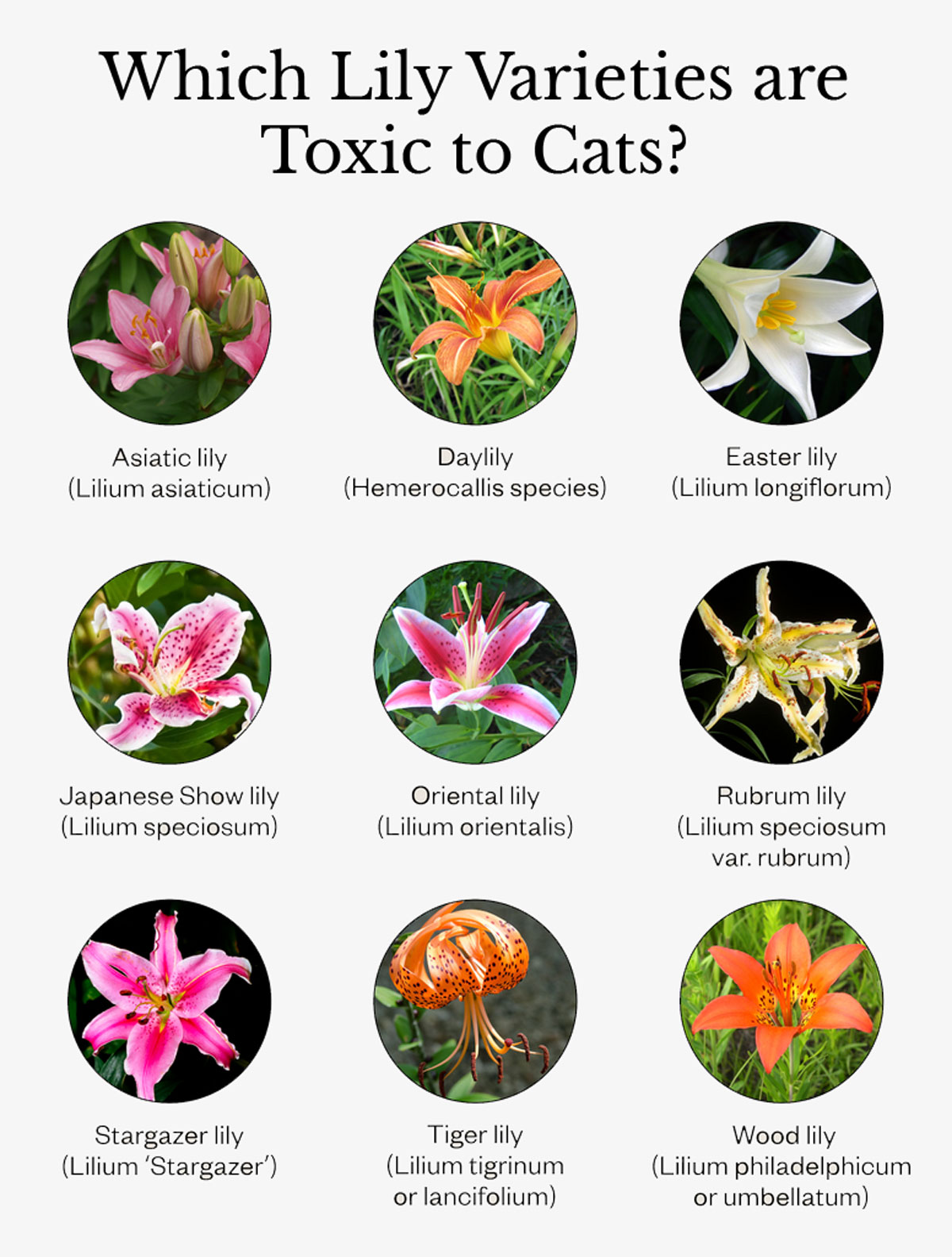
How to protect your cat from plant poisoning risks
Prevention remains the most effective strategy for avoiding plant-related poisoning incidents. Using physical barriers such as placing plants or vases of flowers on high shelves or in rooms inaccessible to cats will provide immediate protection. However, agile felines often find ways to reach seemingly secure locations, making complete plant removal the safest option for households with determined climbers.
Providing safe alternatives satisfies cats’ natural plant-eating instincts without health risks. Cat grass grown from wheat, oat, or barley seeds offers the fibre and texture cats crave while supporting healthy digestion. Pet stores sell ready-to-grow kits that provide continuous supplies of safe vegetation for indoor cats.
Natural deterrents such as citrus peels, coffee grounds, and black pepper scattered around plant bases can discourage plant investigation without harming curious cats while double-sided tape on pot edges provides an uncomfortable texture that discourages climbing and digging behaviours.
Regular veterinary care, including routine parasite prevention, reduces digestive discomfort that might trigger increased plant-seeking behaviour. Well-nourished cats receiving appropriate fibre supplements show less interest in household vegetation, making proper nutrition an important component of poisoning prevention strategies.
If you suspect your cat has consumed any toxic plant material, contact us immediately to provide the best chance for successful treatment and full recovery.
The most dangerous toxic plants for cats
Lilies represent the greatest threat to cats, with species like Easter lilies, tiger lilies, and day lilies causing rapid kidney failure. Even small amounts of pollen or water from lily vases can trigger life threatening toxicity within hours of exposure. Symptoms may include vomiting, lethargy, and loss of appetite, progressing to kidney failure if left untreated.
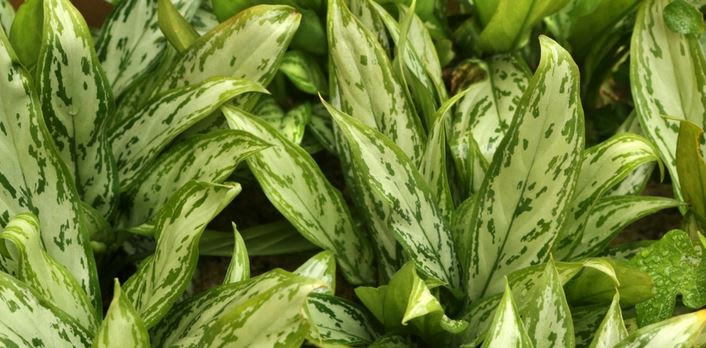
Aglaonema

Aloe Vera

Amaryllis

Anthurium

Arrowhead Vine
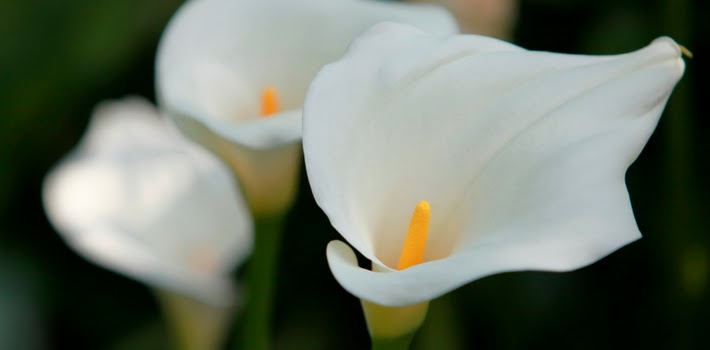
Arum Lily
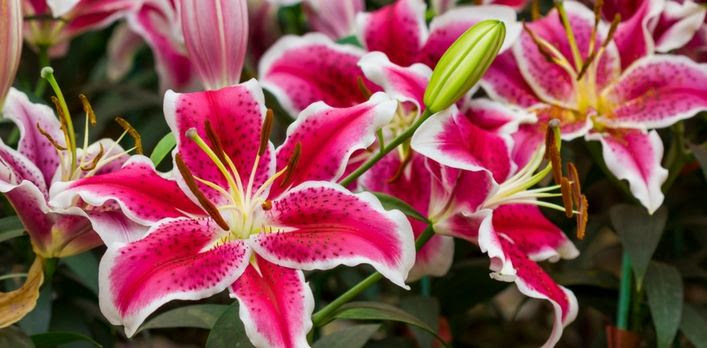
Asian Lily
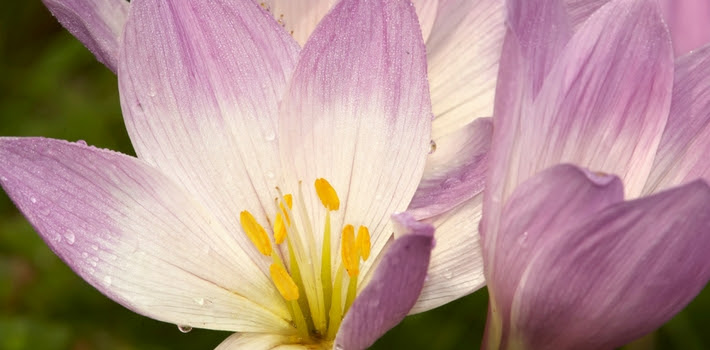
Crocus

Bird of Paradise

Calla Lily

Climbing Lily
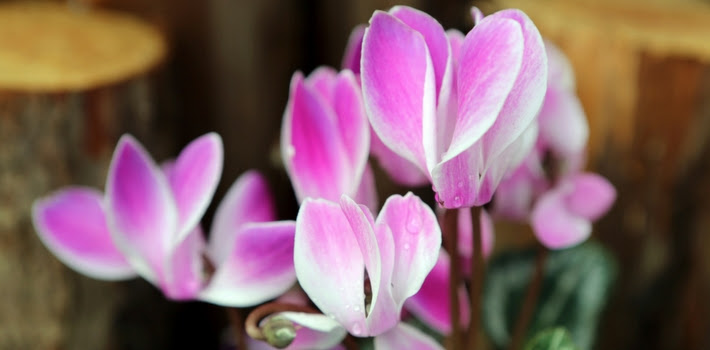
Cyclamen

Daffodil and jonquils

Day Lily
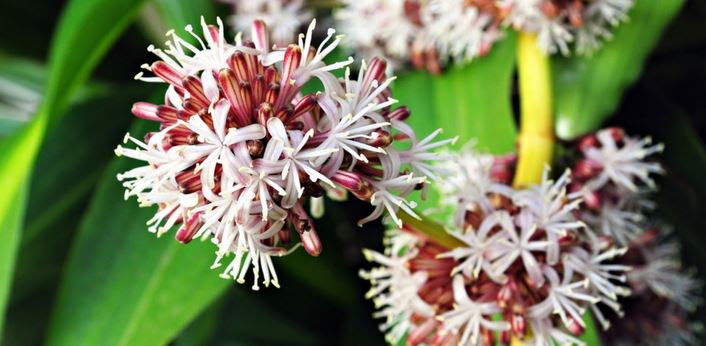
Dracaena Deremensis
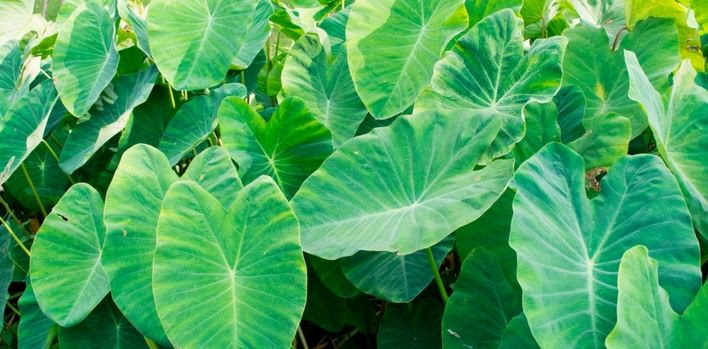
Elephant Ear
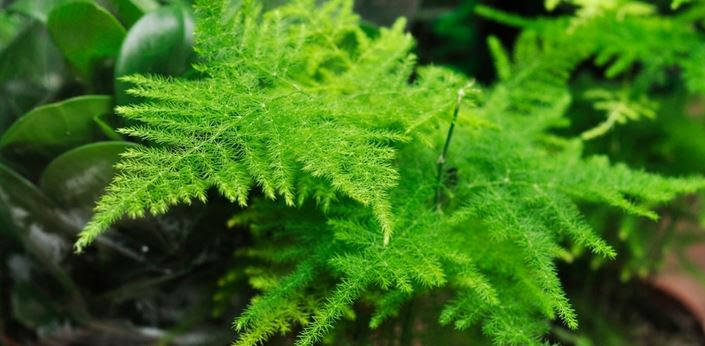
Asparagus Fern
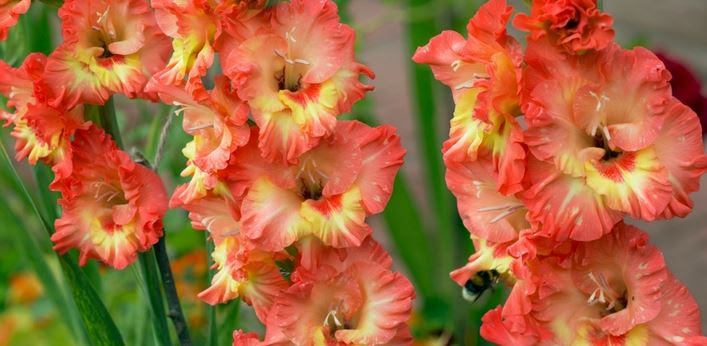
Gladiola
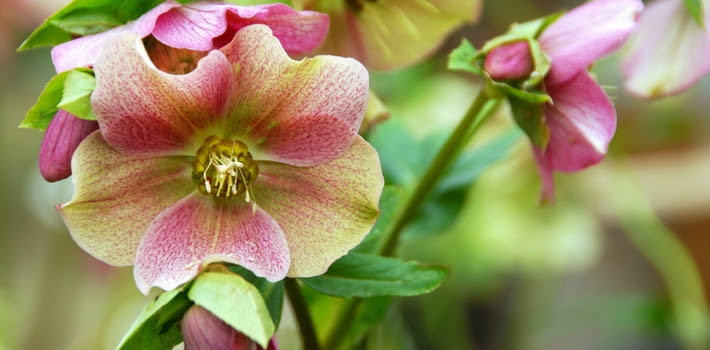
Hellebore

Hyacinth

Iris

Ivy
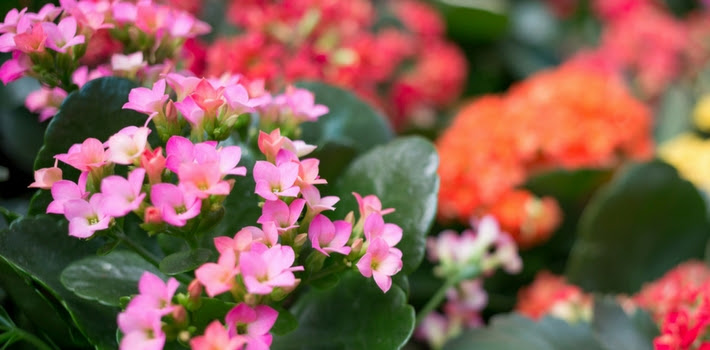
Kalanchoe
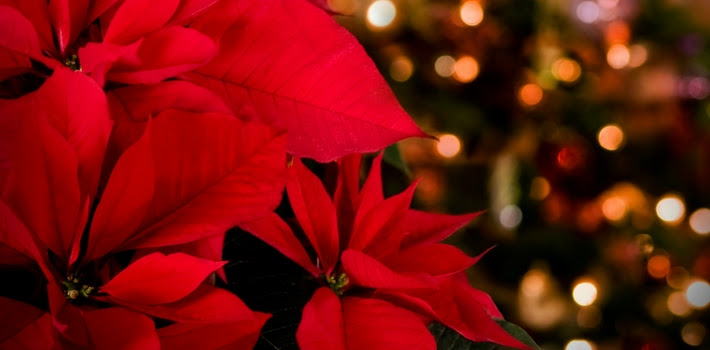
Poinsettia
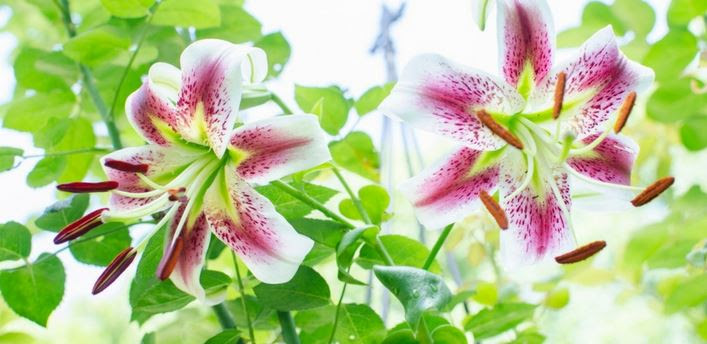
Rubrum Lily
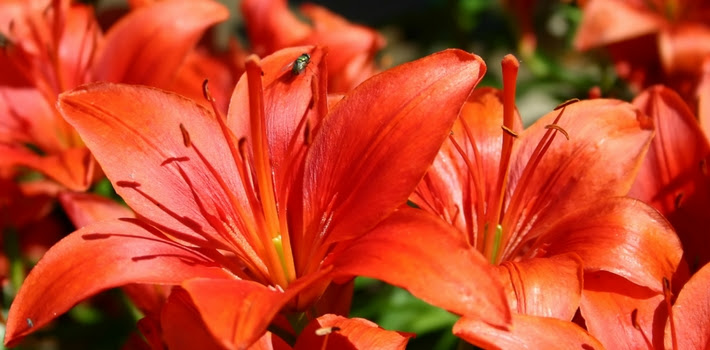
Stargazer Lily
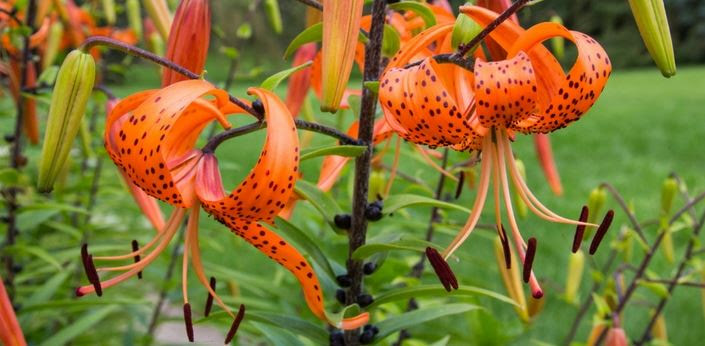
Tiger Lily


